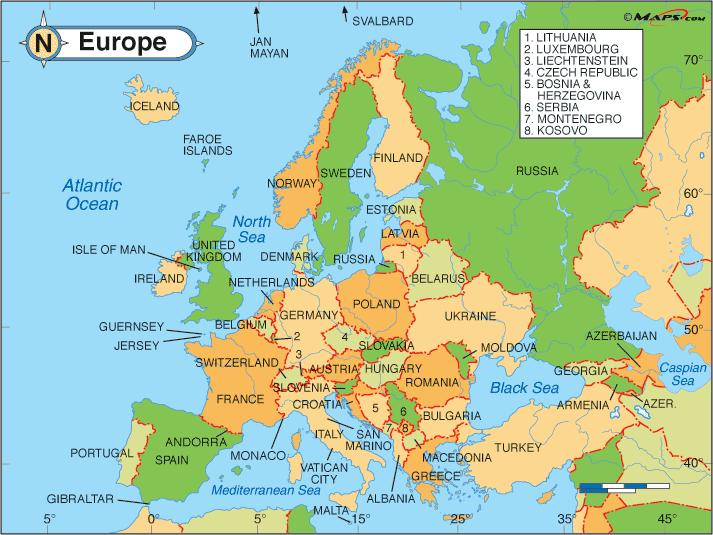While tips and tricks about traveling through Europe are incredibly useful, I'd like to take a moment to explore some of my favorite cities throughout Europe, starting with Edinburgh. Edinburgh is the capital of Scotland and home to many historic sites such as Edinburgh Castle and St. Giles Cathedral. I would suggest taking a stop by Edinburgh on your travels through Europe if you're a fan of both history and natural beauty. Since the city is relatively small, it is best to tour by foot so that you are not restricted by bus routes. Here are my top five things to do in Edinburgh and why!
 |
| Edinburgh Castle [Credit: Julie Wagner] |
1. Edinburgh Castle: Edinburgh Castle has over 3000 years of history, with the earliest record of human habitation dating back to 900 BC. That being said, it would be almost impossible to list all the great things to see inside the castle in this one blog post. My recommendation is to visit their website http://www.edinburghcastle.gov.uk and read through the highlights yourself to see if any of it tickles your fancy. Tickets are 16 euro and walking through the castle will take you around 3 hours. If you only have a little bit of time and like me were overwhelmed by the vastness of the castle, I would suggest seeing my personal favorites - the Great Hall, St. Margaret's Chapel, and the Scottish National War Memorial.
2. Arthur's Seat: There are many places in Edinburgh to view the skyline such as the National Library of Scotland or Edinburgh Castle, but none of them nearly compare to Arthur's Seat. Located next to the Scottish Parliament in Holyrood Park, Arthur's Seat is the highest hill in a group of hills It will most likely take you around 3 hours to climb to the top of Arthur's Seat and back. Helpful hint: Don't be misguided by the word "hill" - the inclination of Arthur's Seat combined with thinner atmosphere make this a sight better suited for those who are fitter, but not impossible for those who are not.
3. Shop along the Royal Mile: Any shopping you might want to do can be done along the Royal Mile. The Royal Mile is a stretch that connects Edinburgh Castle to Holyrood Park, so even if it's not one of your must sees, you'll probably run into it sooner or later. While you're strolling down the Royal Mile, make sure to look in the local shops for both cashmere and wool. Despite its small land area, Scotland is still home to a large amount of the world's cashmere production.
 |
St. Giles Cathedral
[Credit: Julie Wagner] |
4. St. Giles Cathedral: St. By far one of the most beautiful cathedrals I have seen throughout all my travels in Europe, St. Giles is a Protestant Cathedral located along the Royal Mile. Even though the church burnt down in 1385, St. Giles still has four central pillars dating back to 1120. Between the rebuilding of the cathedral in 1385 and the present day, there have been a number of milestone events and additions. In 1633, the church was declared a cathedral, major restorations were done between 1872 - 1883, and the newest additions were added on in 1985.
5. The National Museum of Scotland: I was debating between the National Museum and the Royal Botanical Gardens as my number five must see in Edinburgh, and while the Royal Botanical Garden is absolutely beautiful, it's really not much different than any other botanical garden so I decided to go with the National Museum of Scotland. The newly redone National Museum is a total of five stories high, complete with a cafe, and is free to the public (although donations are appreciated). With a vast variety of subject matter, from animals to space to art and more, you can make your visit to this interactive museum as brief or as involved as you want. You can also even just stop in for a good, climate controlled place to relax. You can visit the National Museum's website here:
http://www.nms.ac.uk/our_museums/national_museum/plan_your_visit.aspx
Happy Travels!
Julie


.gif)



























